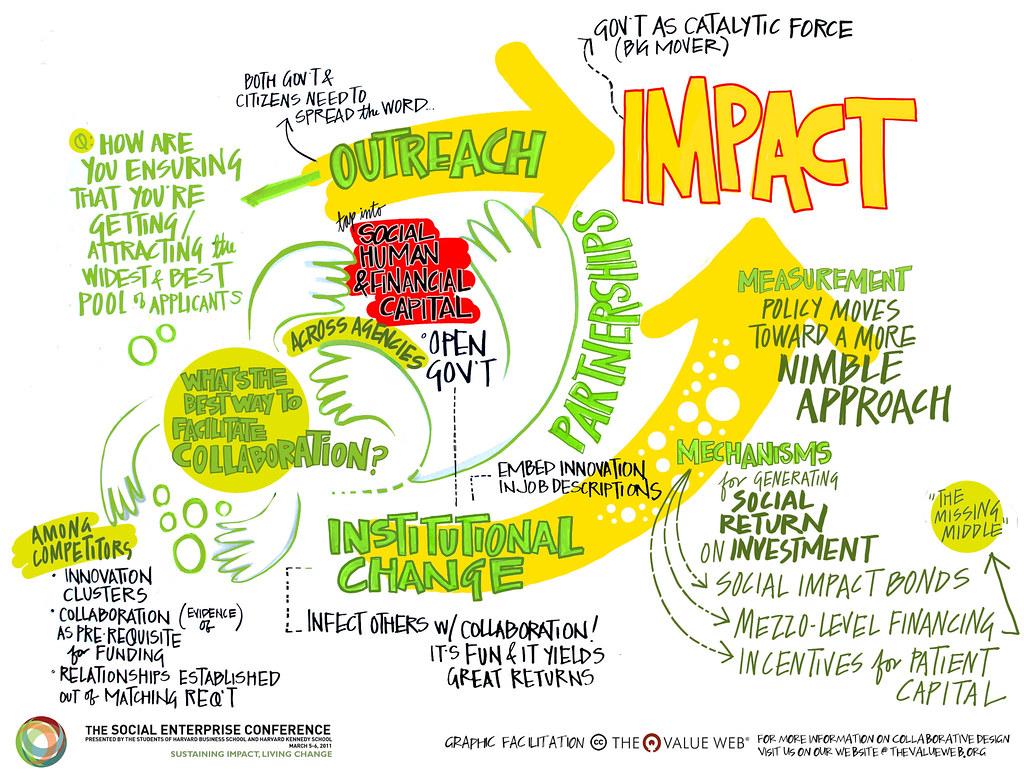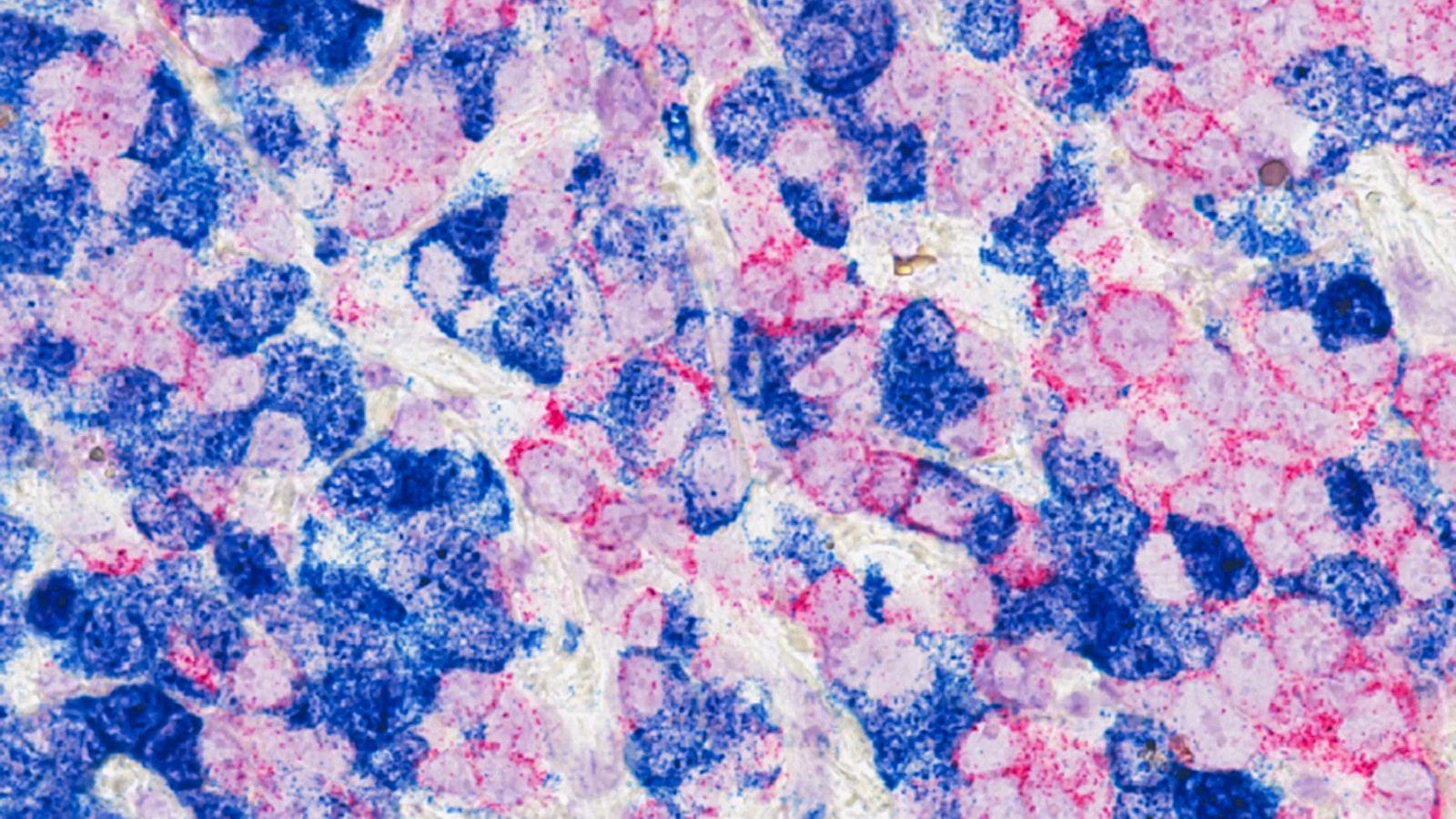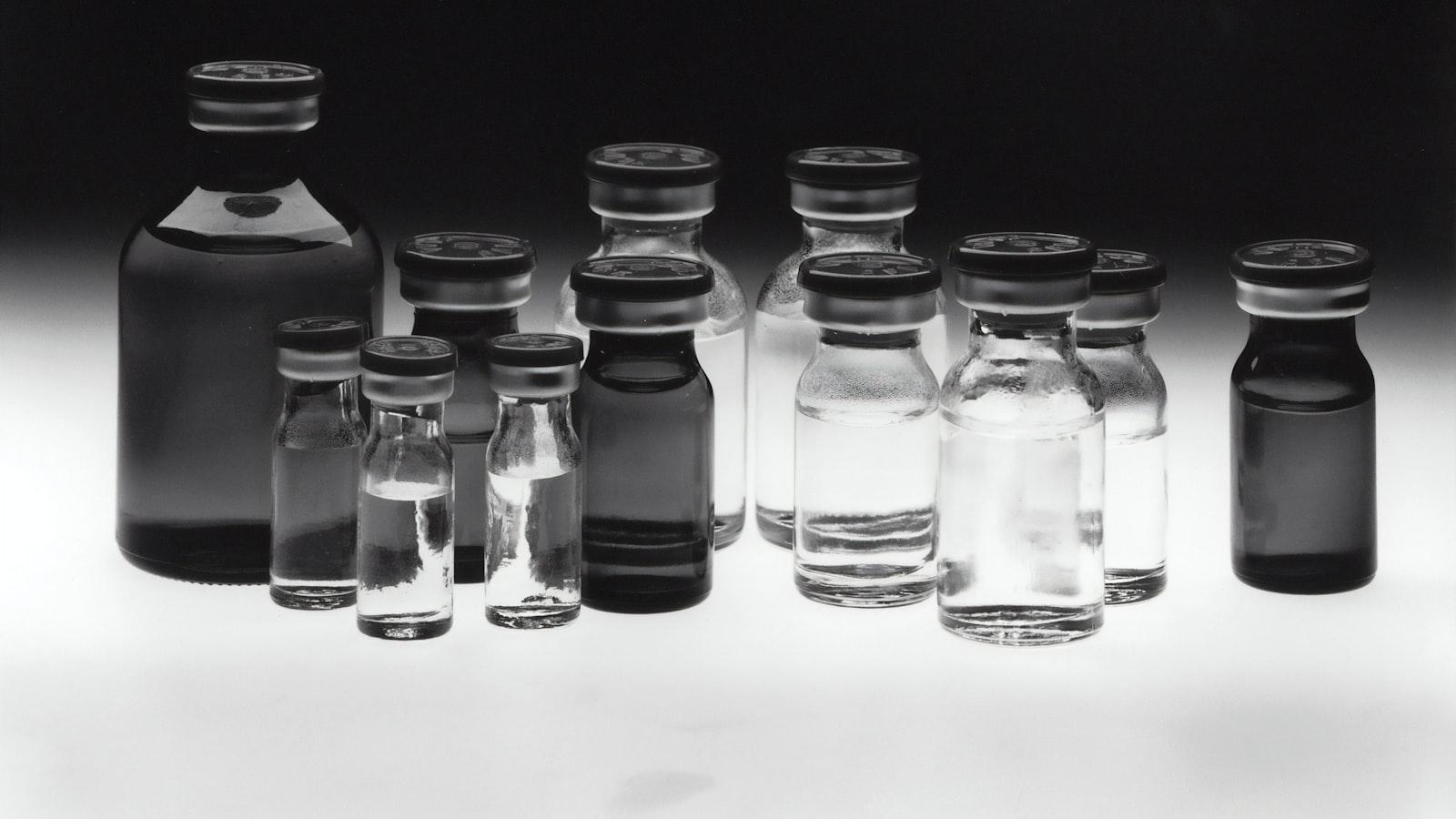As the battle against cancer continues to evolve, researchers are turning up the heat with a groundbreaking new approach. By targeting cancer cells with controlled overheating, scientists believe they may have discovered a powerful weapon in the fight against this relentless disease. Join us as we explore the potential of this innovative strategy and the impact it could have on the future of cancer treatment.
Exploring the link between overheating and cancer cell destruction
In recent studies, researchers have been delving into the intriguing relationship between overheating and cancer cell destruction. The findings suggest that subjecting cancer cells to high temperatures can have a significant impact on their viability, potentially opening up a new avenue for cancer treatment. This novel approach involves the use of heat as a targeted strategy to selectively destroy cancer cells while sparing healthy tissue.
By understanding the mechanisms behind overheating-induced cancer cell death, scientists are paving the way for innovative therapies that harness the power of heat to combat cancer. The heat-mediated destruction of cancer cells could offer a promising alternative to traditional treatments such as chemotherapy and radiation therapy, which often come with harsh side effects. With further research and clinical trials, overheating may emerge as a game-changing tool in the fight against cancer, revolutionizing the way we approach this complex disease.

Innovative methods using targeted hyperthermia to fight tumors
Researchers are constantly seeking new ways to combat cancer, and one innovative method gaining traction is targeted hyperthermia. This approach involves using heat to specifically target and destroy tumors, offering a promising alternative to traditional treatments like chemotherapy and radiation therapy. By overheating cancer cells, targeted hyperthermia aims to effectively kill them without damaging surrounding healthy tissue, reducing the risk of harmful side effects.
One exciting aspect of targeted hyperthermia is its versatility in application. From using magnetic nanoparticles to deliver precise heat to tumors, to utilizing focused ultrasound to heat specific areas within the body, the possibilities are endless. The potential for this technique to be tailored to each individual patient’s unique needs and tumor characteristics is a game-changer in the fight against cancer. With further research and development, targeted hyperthermia may prove to be a powerful tool in the arsenal against this devastating disease.

Benefits of overheating as a complementary treatment in cancer therapy
One innovative approach to cancer therapy that is gaining traction is the use of overheating as a complementary treatment. This method, also known as hyperthermia, involves raising the temperature of the body or a specific area where the cancer is present to help kill cancer cells and make them more sensitive to other treatments. While overheating alone is not a cure for cancer, it has shown promising results when combined with traditional treatments like chemotherapy and radiation therapy.
There are several benefits to using overheating as a complementary treatment in cancer therapy. First and foremost, overheating can help increase the effectiveness of other cancer treatments. By making cancer cells more sensitive to chemotherapy or radiation therapy, overheating can enhance the overall impact of these treatments and potentially improve outcomes for patients. Additionally, overheating has been shown to stimulate the immune system, helping the body better fight off cancer cells and prevent recurrence. Overall, incorporating overheating into cancer therapy can offer a multifaceted approach to treatment that targets cancer cells in different ways, potentially leading to better results for patients.

Practical steps to incorporate overheating strategies into cancer treatment plans
Overheating therapy, also known as hyperthermia, is gaining traction as a powerful tool in the fight against cancer. By strategically raising the temperature of the body or targeting specific tumor sites with heat, overheating can enhance the effectiveness of traditional cancer treatments like chemotherapy and radiation. Incorporating overheating strategies into cancer treatment plans can help improve outcomes and reduce side effects, offering new hope to patients in their battle against this relentless disease.
One practical step in incorporating overheating into cancer treatment plans is to work closely with a multidisciplinary team of healthcare professionals. By collaborating with oncologists, radiologists, and hyperthermia specialists, a comprehensive treatment plan can be developed that integrates overheating therapy seamlessly into existing treatment regimens. Additionally, patients can explore options such as using hyperthermia devices both in the clinic and at home to ensure consistent and effective treatment. By taking these proactive steps, patients can maximize the benefits of overheating therapy and improve their overall quality of life during cancer treatment.
To Wrap It Up
In conclusion, “Beating by overheating: A new strategy to combat cancer” offers an innovative approach to cancer treatment that shows great promise in the fight against this devastating disease. By harnessing the power of heat to target and destroy cancer cells, researchers have opened up new possibilities for improving patient outcomes and reducing the side effects of traditional treatments. As this exciting new strategy continues to be developed and refined, we can look forward to a future where cancer may no longer be the formidable foe it once was. The potential for overheating to play a key role in the battle against cancer is truly inspiring, and gives hope to millions of patients and their loved ones worldwide.





